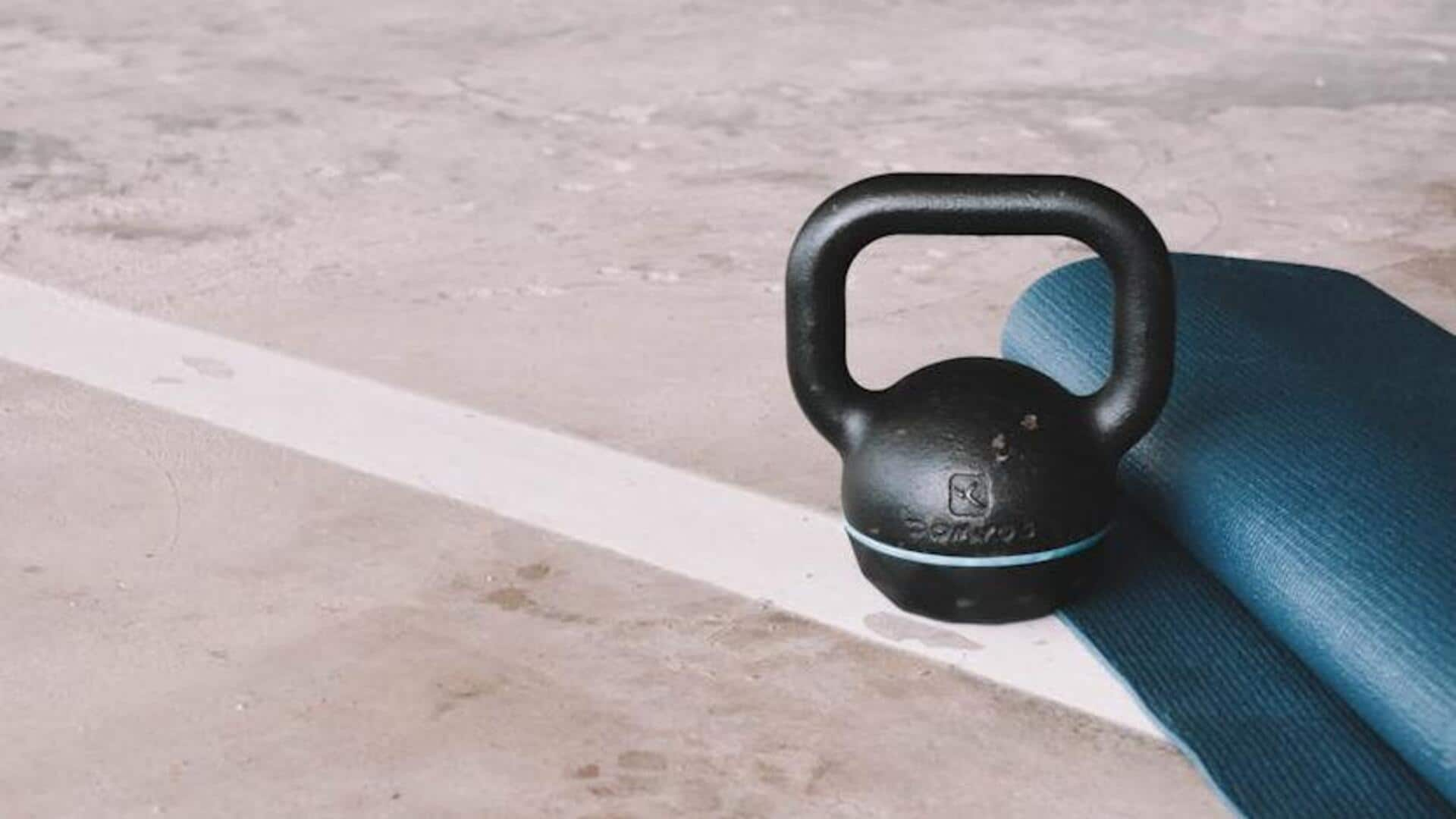
Unlocking the power of kettlebell training
What's the story
Kettlebell training is a dynamic approach to enhance your fitness. It blends strength, flexibility, and cardiovascular exercises into a single efficient workout. Despite its increasing popularity, numerous myths cloud the true essence of kettlebell exercises. This article is designed to clarify the basics of kettlebell training. It shows you how to safely and effectively integrate it into your fitness routine.
Beginner-friendly
Myth 1: Kettlebells are only for advanced athletes
Contrary to popular belief, kettlebell training is not exclusively for advanced athletes. Beginners can also benefit greatly from it. Starting with lighter weights allows novices to focus on mastering the form and technique of basic movements such as swings, squats, and presses. Proper guidance and gradual progression are key to making kettlebell workouts accessible and beneficial for individuals at any fitness level.
Safety first
Myth 2: Kettlebells can cause injury easily
While any form of exercise carries some risk of injury if performed incorrectly, kettlebells are no more dangerous than other workout equipment when used properly. The key to safe kettlebell training lies in learning the correct techniques from a certified instructor and paying close attention to body alignment during exercises. Starting with manageable weights also helps minimize the risk of injury.
Strength & flexibility
Myth 3: Kettlebells are mainly for cardio
Many individuals mistakenly view kettlebells solely as tools for cardiovascular workouts. However, these versatile instruments also significantly enhance strength, flexibility, and balance. The unique shape of the kettlebell facilitates a broad range of motion, effectively challenging various muscle groups simultaneously. This attribute positions kettlebells as an outstanding option for full-body conditioning, suitable for a wide range of fitness enthusiasts seeking comprehensive physical development.
Minimalist approach
Myth 4: You need a wide range of weights
Many think a wide range of kettlebell weights is needed for effectiveness. However, significant fitness improvements are often achieved with just one or two sizes. By focusing on technique and gradually increasing movement complexity, continuous challenges are provided. This eliminates the need for a large collection of weights, ensuring progress and safety in fitness routines without requiring extensive equipment.